#microdasys
Explore tagged Tumblr posts
Video
Opuntia microdasys by Richard Ellis Via Flickr: Opuntia microdasys common name is Bunny Ears Cactus. It is native to Mexico. #Opuntiamicrodasys #Opuntia #microdasys
1 note
·
View note
Text

Desert Portal | Desert Botanical Garden
Phoenix, AZ
15 notes
·
View notes
Text

Opuntia microdasys / Angel's Wings at the Sarah P. Duke Gardens at Duke University in Durham, NC
#Opuntia microdasys#Opuntia#cactaceae#Angel's Wings#bunny ears#Bunny ears cactus#Bunny cactus#Polka dot Cactus#Cactus#Cacti#succulents#Plants#Nature photography#photography#photographers on tumblr#Sarah P. Duke Gardens#Duke Gardens#Duke University#Durham#Durham NC#North Carolina#🌺🌻
8 notes
·
View notes
Text
NEW PLANT FRIEND!!!!
Their name is Hydra and they are a venus fly trap, aka dionaea muscipula. They will be getting a new, bigger pot later this week. Yes, they look off colored, but that's due to the store keeping them inside and no where near a window.
You can also see that I have cacti, named Iris and Tibul! Iris is a gold lace cactus, aka Mammillaria elongata, and Tibul is a bunny ear cactus, or opuntia microdasys.
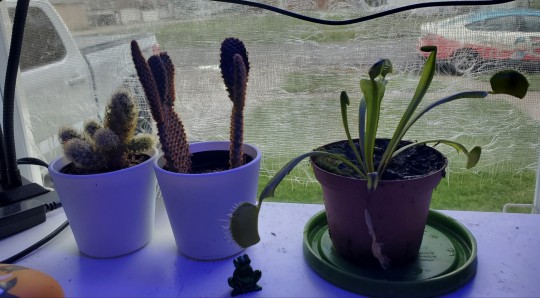
I also got a new light for them, so yay!
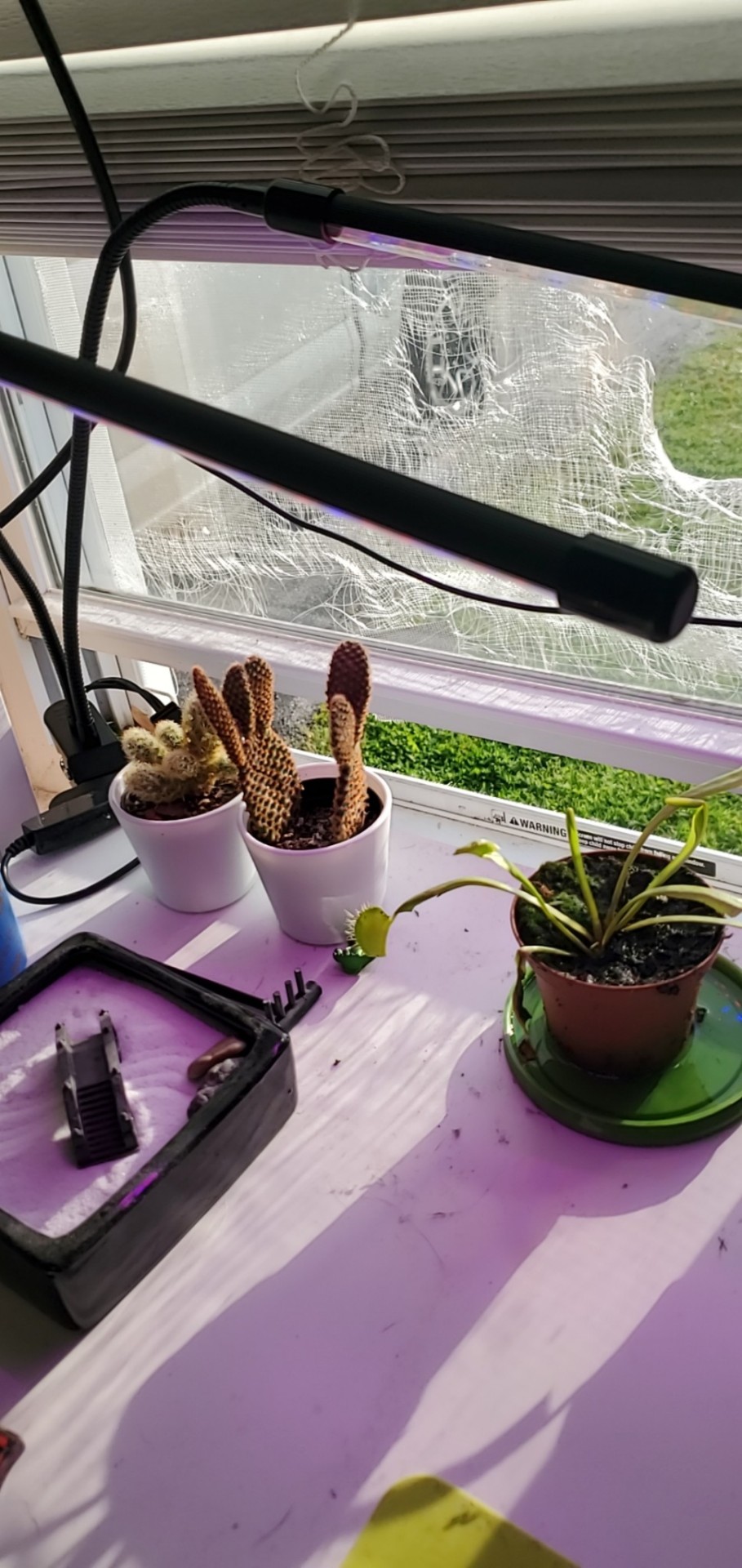

7 notes
·
View notes
Text
i haven’t talked super much about my job on here but here’s something i did there today!

so here’s what i’m dealing with, two selloum philodendron (as far as i can tell—the sign may say colombia but as far as i know that’s not exactly accurate, it wasn’t made by me and i don’t consider it my business cause i have no way to make new signs) which are growing way big in their pots. this first one was especially a problem because it had aerial roots growing out of the pot all the way to the floor from a 4 foot shelf and down into a drain. these can be epiphytic so that’s normal it’s just not how we want it to grow cause it’s supposed to stay in its pot. hard to see here but there’s a lot of aerial roots all covering the soil and the plant is kind of “sinking” into the pot so time to refresh the soil and do some root pruning especially for those aerial roots. so first step is depotting, grabbing the base of the plant and loosening it from the pot and then it’ll just pop on out like so:

and uh, oh boy that’s no good. this thing was potted at least a year before i got here (which was…. 5 years ago…) so i don’t think anybody checked on it in a while so it’s not really surprising but, it needs the spa day for sure. loosing the roots and replacing the soil should do good though i couldn’t go a size up on pots. i’m hoping this helps with some of the leaves yellowing too, give it less to complain about basically. here’s the end product:

and as a bonus here’s the root ball of the second one i repotted which turned out largely the same (although this one had gravel in the bottom??? but the other one didn’t??? couldn’t tell you why). this one was contained in its pot BUT it was planted the same time as the other and was also sinking so i figured there was probably more going on under the hood especially after seeing the first root ball and…yeah this one’s even worse lol. put them both back in the greenhouse and gave plenty of water so we should be good to go! i’ll get a chance to check on them tomorrow so i may give an update.
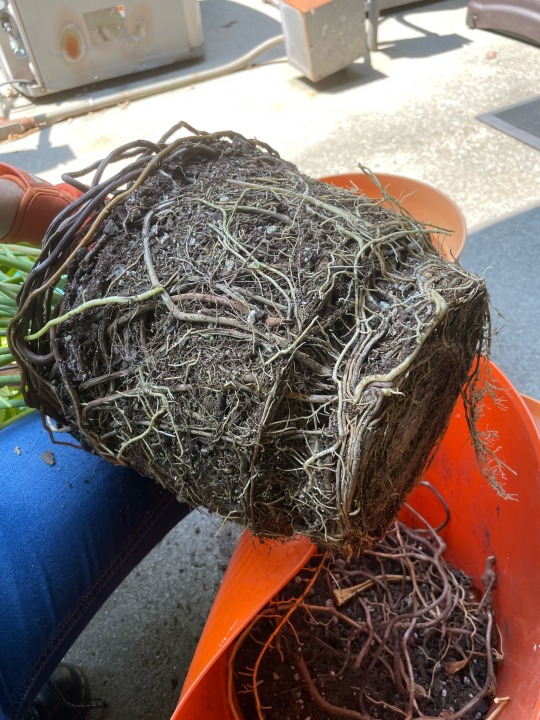
bonus bonus: The Damage . yes, under the gloves. the worst was it knocked loose some fucking cactus glochids (the little kinda fluffy spines on some cacti) which must have been stuck inside the seams of the fabric of my gloves from fucking ages ago when i had to move our opuntia microdasys. that shit is like fiberglass. it’s not irritating me anymore which is good but i was NOT excited to experience that again out of the blue.

i have some other pictures just from Around at work so i’ll probably wind up sharing some another time!
2 notes
·
View notes
Text
Spring Flowers, Tucson, Part 49: Opuntia Microdasys
#Spring #Flowers, #Tucson, Part 49: #Opuntia Microdasys: Gorgeous pastel flowers on compact pads!

View On WordPress
4 notes
·
View notes
Text

Crassula lanuginosa, CRASULA

Aeonium arboreum, ROSA NEGRA
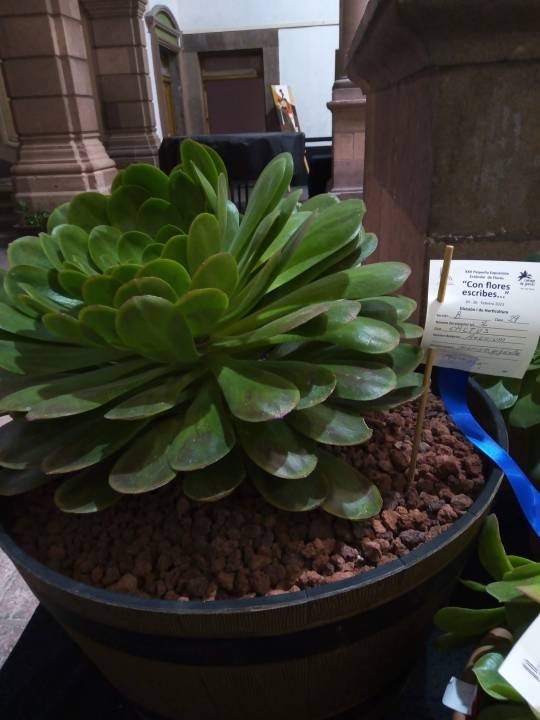
Aeonium, AEONIUM GIGANTE

Aloe perifoliata, ALOE
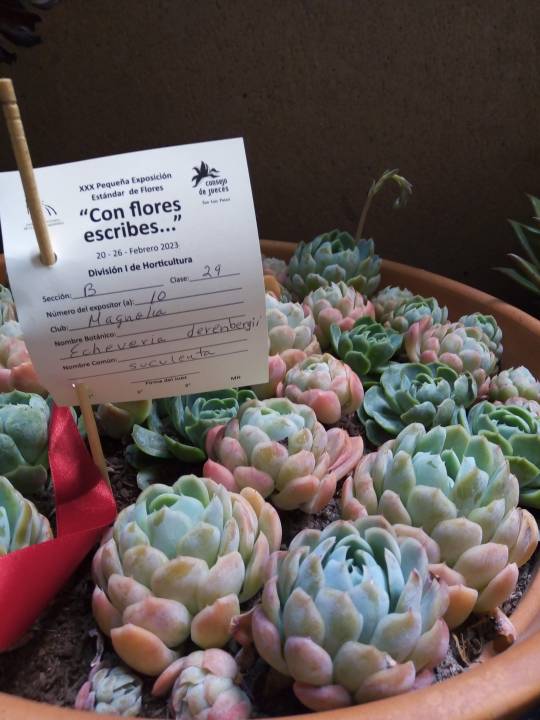
Echeveria derenbergii, SUCULENTA
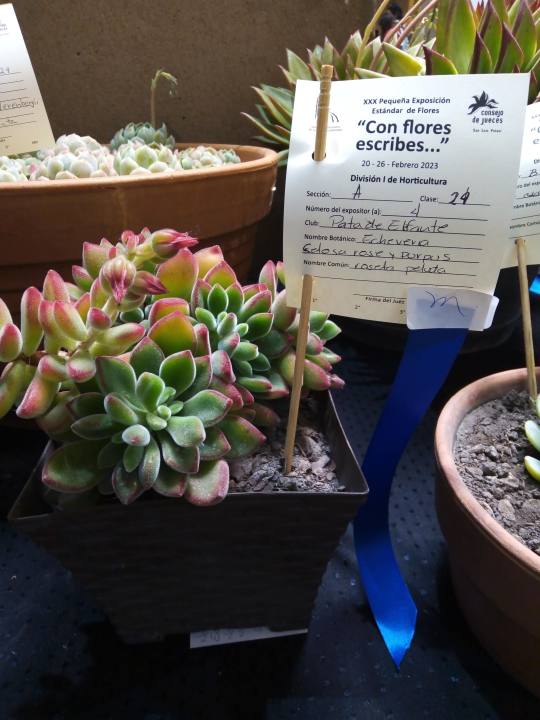
Echeveria setosa rose y purpus, ROSETA PELUDA
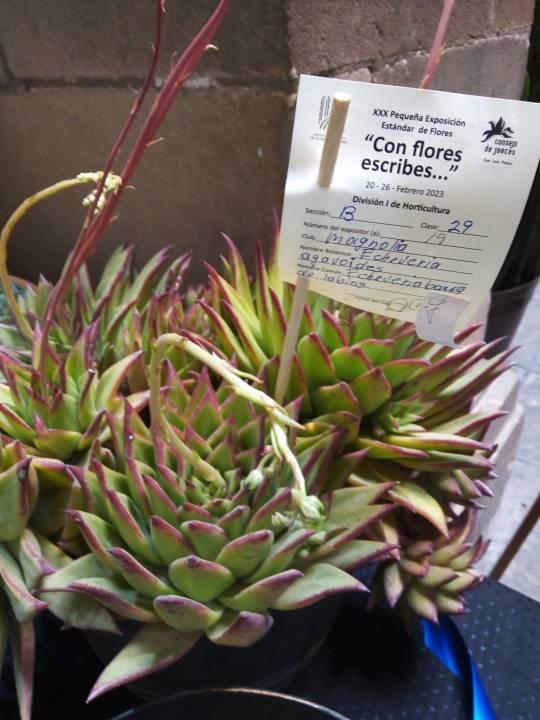
Echevaria agavoides, ECHEVERIA BARRA DE LABIOS
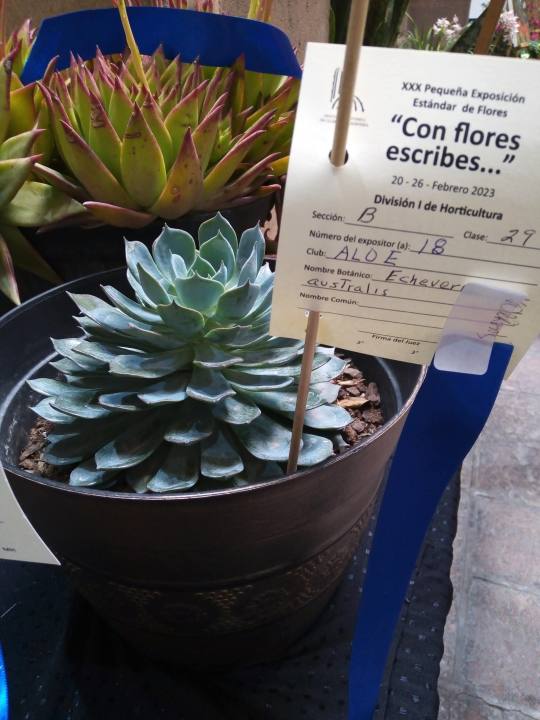
Echeveria australis, CRASULACEA
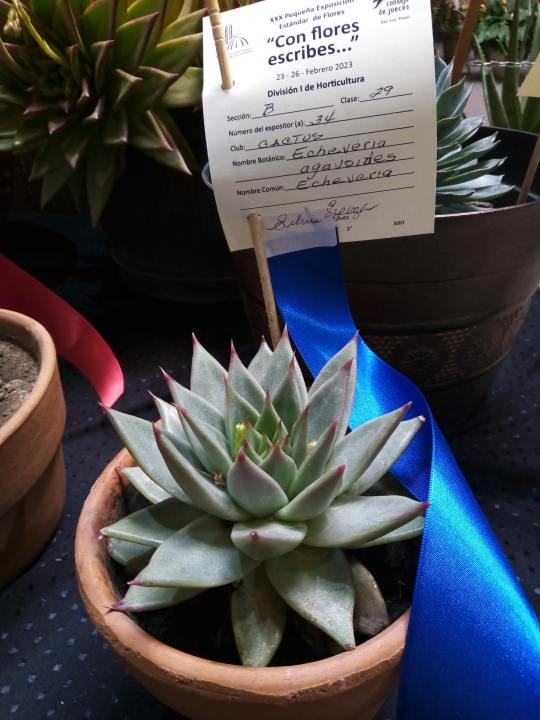
Echeveria agavoides, ECHEVERIA

Beaucarnea guatemalensis, PATA DE ELEFANTE
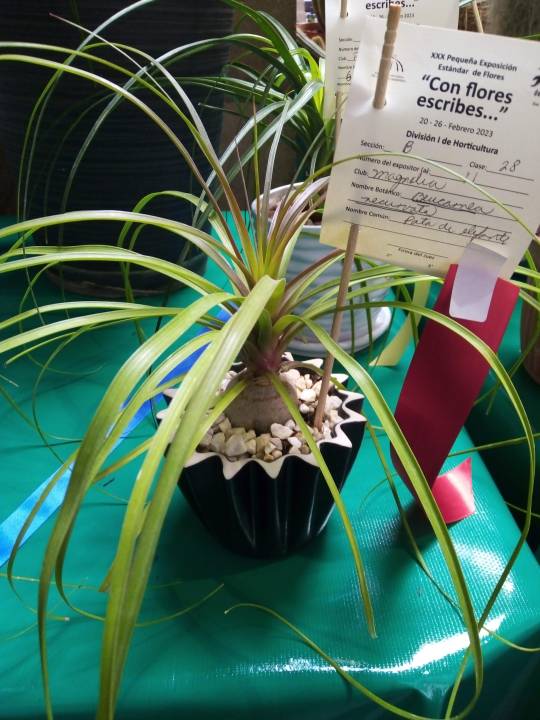
Beaucarnea recurvata, PATA DE ELEFANTE

Sansevieria trifasciata, LENGUA DE SUEGRA

Haworthia fasciata, Haworthia
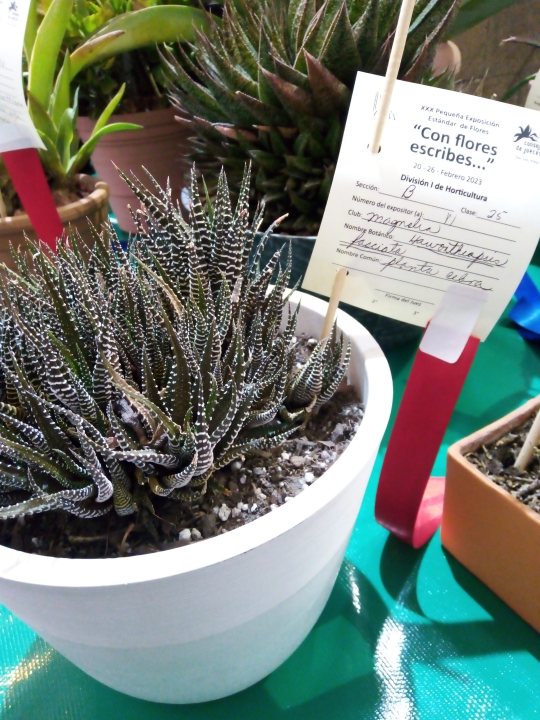
Haworthiopsis fasciata, PLANTA CEBRA

Crassula Ovata, JADE
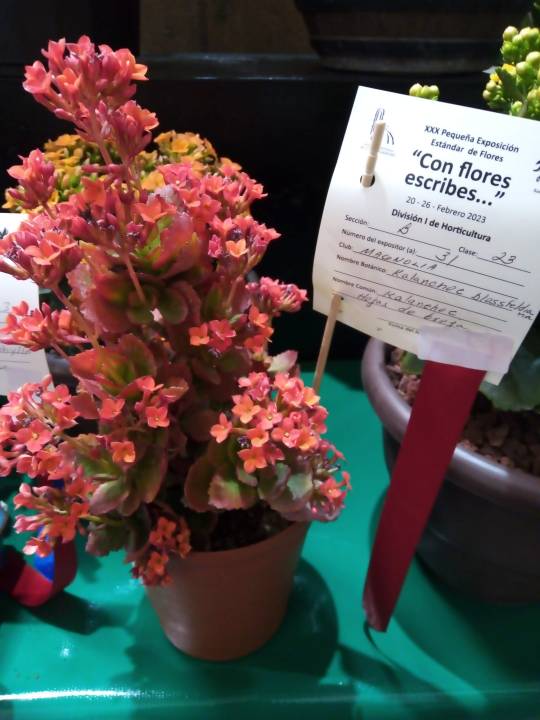
kalanchoe blossfeldiana, HOJAS DE BRUJA / BRUJITA

Cactus cereus, CACTUS

Carnegiea gigantea, Saguero

Oreocereus trolli, VIEJITA

Opuntia leucotricha, NOPAL BLANCO

Opuntia senilis, VIEJITO
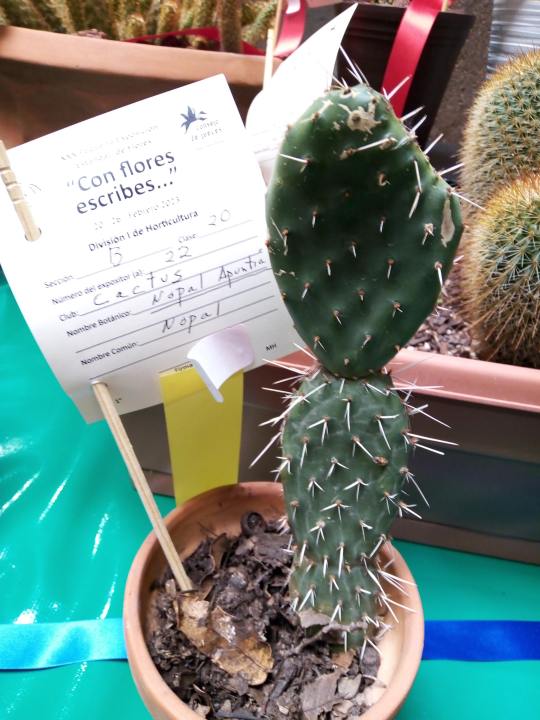
Opuntia albicarpa Scheinvar, NOPAL
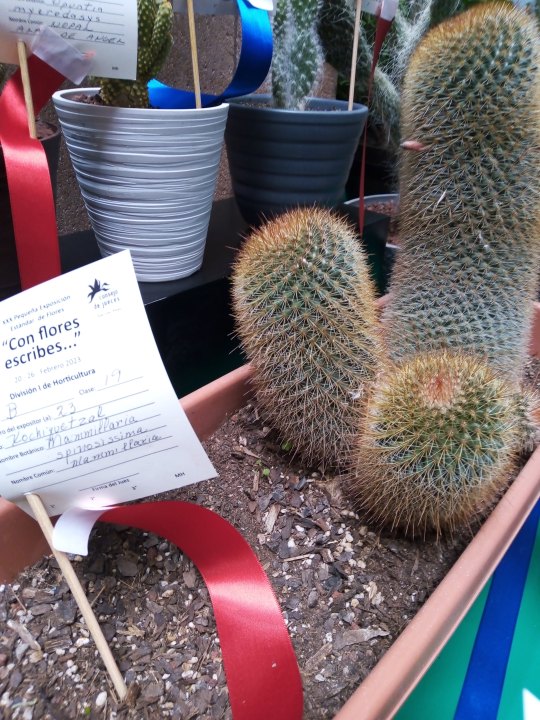
mammillaria spinosissima, Mamillaria

Opuntia microdasys, NOPAL ALAS DE ANGEL
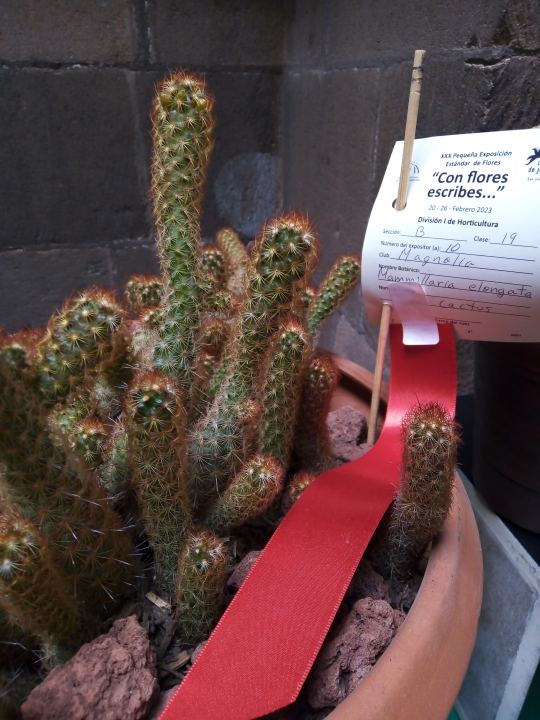
Mammillaria elongata, CACTUS
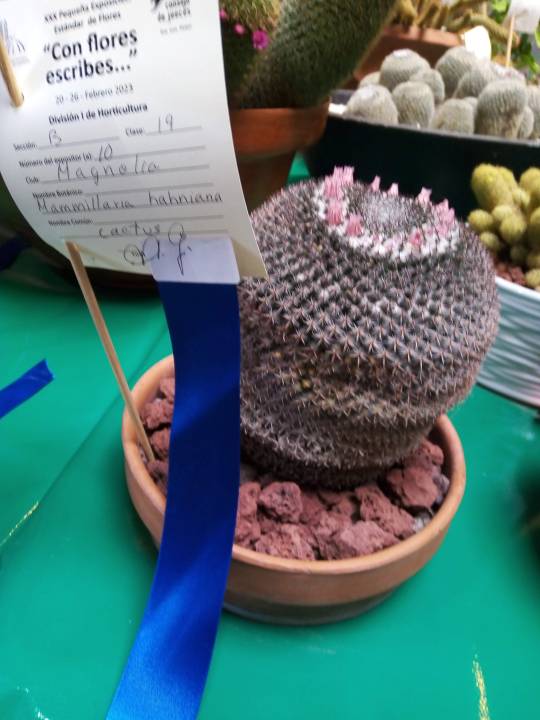
Mammillaria hahniana, CACTUS
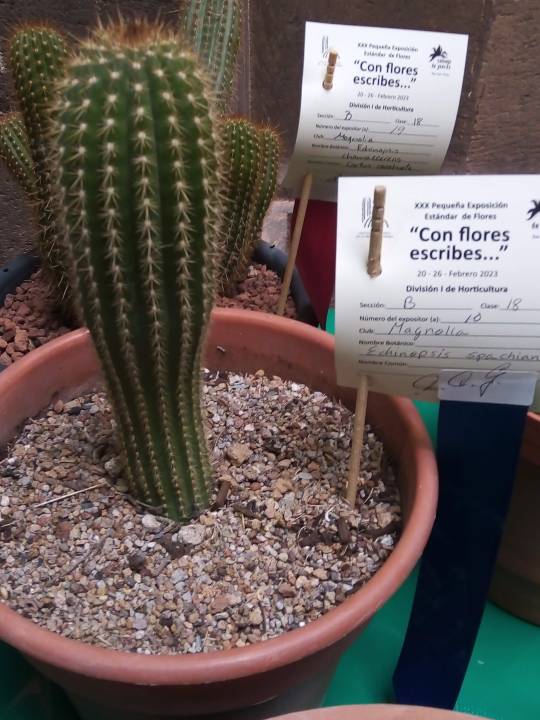
Echinopsis spachiana, CARDON

Echinopsis oxygona, CACTUS
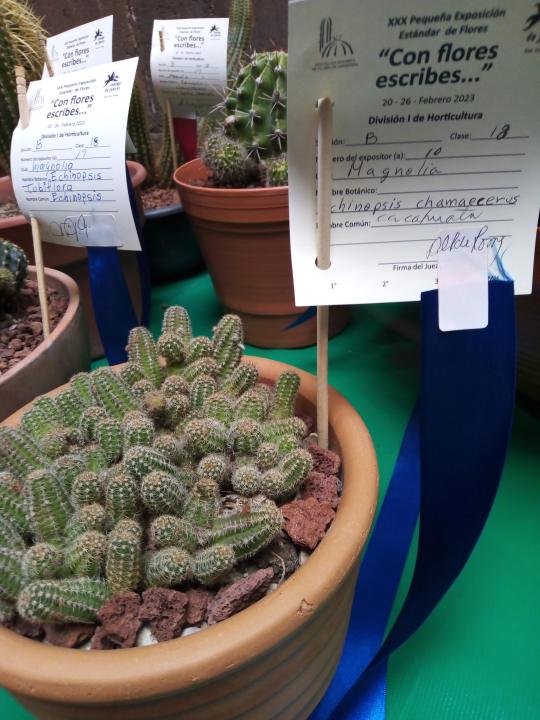
Echinopsis chamaecereus, CACAHUATA
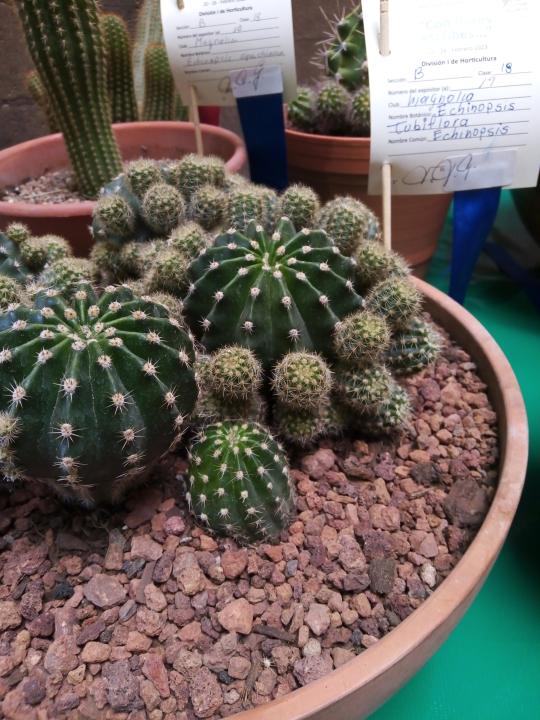
Echinopsis tubiflora, CACTUS
EJEMPLARES DE PLANTAS DESÉRTICAS EN SLP, MÉXICO.
3 notes
·
View notes
Text


masih jadi misteri
kenapa Opuntia microdasys bulu putih susat banget ditanam ownroot, jadi mayoritas ketergantungan sama grafting. Sedangkan yang bulu kuning di stek batang dan ditanam ownroot oke oke aja
nanya petani pun pada bilang ga tau hahaha
2 notes
·
View notes
Text
0 notes
Text
Opuntia microdasys
¡Atención, amantes de las plantas! ¿Listos para conocer al cactus más achuchable del mundo? ¡Presentamos a la Opuntia microdasys, también conocida como "Orejas de Mickey"! Este cactus es todo menos espinoso en personalidad, con sus almohadillas suaves que parecen orejas de ratón y su actitud tan amigable que te hará querer darle un abrazo virtual de inmediato! ¡Así que preparen sus corazones y sus emojis de amor, porque este cactus se robará su atención y su cariño en un abrir y cerrar de ojos!
Visita mi sitio https://fanaticnaturals.com/

0 notes
Text

CAKEP WA/CALL: 0813-2424-7264 (THORIQ) Hiasan jual kaktus koboi terdekat Siap Kirim Ke Lima Puluh Kota, Sumatera Barat TukangKaktus.
TukangKaktus ialah sebuah toko yang didirikan pada tahun 2009 oleh Thoriq Al Fath. Ia adalah seorang pecinta alam, juga hewan. Mulai tertarik dengan tanaman kaktus pada 2008 saat dirinya memelihara kaktus di rumahnya.
TukangKaktus menyediakan macam-macam Tanaman Kaktus, antara lain adalah Ariocarpus, Cereus Tetragonus, Astrophytum, Cephalocereus Senilis, Parodia, Opuntia Microdasys, Gymnocalycium Mihanovichii, Mammillaria Elongata, Astrophytum Myriostigma, Melocactus Azureus, Kaktus Lilin, Kaktus Koboi, Mammillaria Fraileana, Echinocactus Grusonii, Pilosocereus Pachycladus, hingga Kaktus Sukulen. Tidak hanya itu, TukangKaktus juga menyediakan Bibit Kaktus, Pupuk Kaktus, dan berbagai macam alat untuk merawat tanaman Kaktus.
Tanaman yang dijual oleh TukangKaktus merupakan tanaman yang telah dirawat dengan perawatan terbaik. Selain itu, TukanKaktus juga memberikan tata cara atau tutorial memberikan perawatan yang baik untuk tanaman Kaktus, sehingga calon pembeli tidak perlu bingung cara merawat tanaman Kaktus. Tidak hanya itu, TukangKaktus juga menyediakan Bibit Kaktus, Pupuk Kaktus, dan berbagai macam alat untuk merawat tanaman Kaktus. Jika calon pembeli ingin menumbuhkan Kaktus dari bibitnya, maka TukangKaktus akan memberikan tata cara merawatnya dari bibit.
Untuk pemesanan lebih lanjut, hubungi WA/CALL 0813-2425-7264 (tomas) Alamat : Jalan-jalan tengah jalan, cakep, tiati ketabrak
0 notes
Text

Opuntia microdasys
Bandung, Pagarsih Barat
0 notes
Text
BUNNY EAR CACTUS ( bare rooted )
The Bunny Ear Cactus, also known as the Opuntia microdasys, is a popular cactus variety due to its unique appearance and ease of care. If you have a bare-rooted Bunny Ear Cactus, here are some steps you can follow to help it thrive:
Prepare the Potting Mix: Use a well-draining cactus mix that consists of sand, perlite, and peat moss. You can also add some coarse grit or pumice to the mix to improve drainage.
Choose the Right Pot: Select a pot that is slightly larger than the size of the root ball, and has drainage holes at the bottom. Make sure the pot is clean and sanitized before use.
Planting the Cactus: Fill the bottom of the pot with a layer of the potting mix. Place the cactus in the center of the pot and gently spread out the roots. Add more potting mix around the roots, making sure to cover them completely. Press the mix down firmly around the base of the cactus to ensure it is stable.
Watering: Give the cactus a thorough watering, making sure to soak the entire potting mix. Allow the excess water to drain out through the bottom of the pot. Water the cactus only when the potting mix is completely dry, as overwatering can cause root rot.
Light: Bunny Ear Cactus prefers bright, indirect sunlight. Place the pot in a well-lit area, such as a south-facing window, but avoid direct sunlight, as it can burn the plant.
Temperature: Bunny Ear Cactus thrives in warm temperatures between 60-80°F (15-27°C). Protect it from cold drafts and temperatures below 50°F (10°C).
Fertilizing: Feed the cactus once a month during the growing season (spring and summer) with a balanced cactus fertilizer. more
0 notes
Link
Autor: Olga Guedes
0 notes
Text
I FOUND IT. Opuntia microdasys monstrose my best friend

any botanists wanna help me out. what kind of cactus is this
10 notes
·
View notes
Photo


24.07.2020 || Improving my skills in english with my new baby, Opuntia microdasys.
2 notes
·
View notes